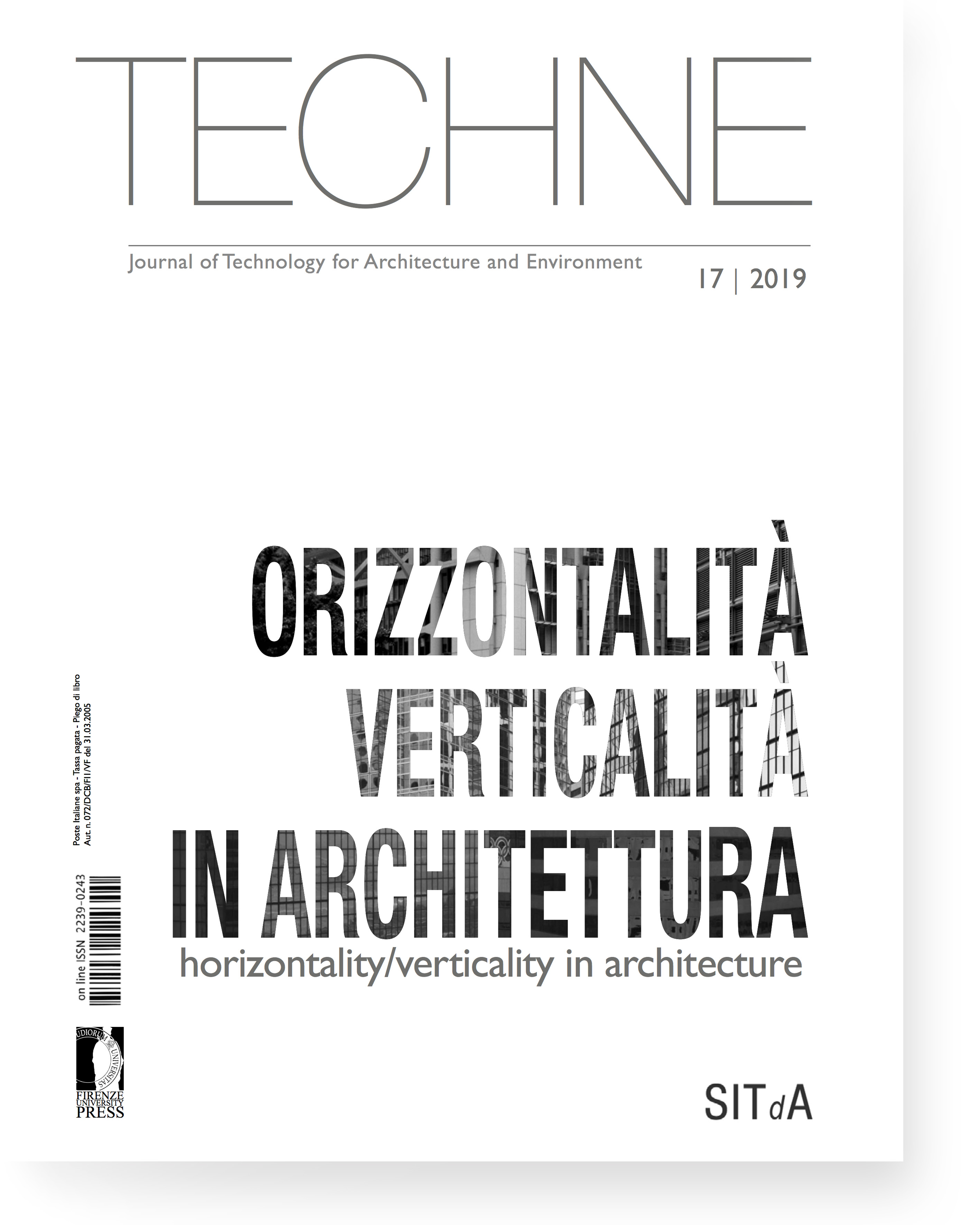The systemic approach in sustainable environmental planning: references to the ecology of living systems
Published 2019-01-17
Keywords
- Deep sustainability,
- Sustainable territorial metabolism,
- Systemic design,
- LCA
How to Cite
Abstract
The article investigates the possibility of adopting indicators and analytical methods characteristic of the living systems ecology to understand different territorial metabolism phenomena. In addition to explore and orient deep sustainability processes in the transformation of the urban fabric, supporting a circular and self-sustaining economic model. The interpretation of the horizontal / vertical theme is twofold: on one hand, the material substrate of the design process is observed by a high level, such as enabling to grasp systemic connections necessary to eco-environmental scale; on the other hand, the construction of interactive networks promotes the emergence of new configurations in decision-making processes. The in-depth analysis of the analytical tools applied to natural metabolic processes combines the choice of horizontal or vertical physical configuration to achieve the following objective: maximizing the work obtainable (ie. the service provided to live, feed and move) with the same solar energy used. This constitutes the main law that regulates the evolution of natural terrestrial ecosystems (Odum, 1996) and represents the fundamental criterion for defining profound sustainability in the planning / design production processes of the built environment (Daly, 2008).






